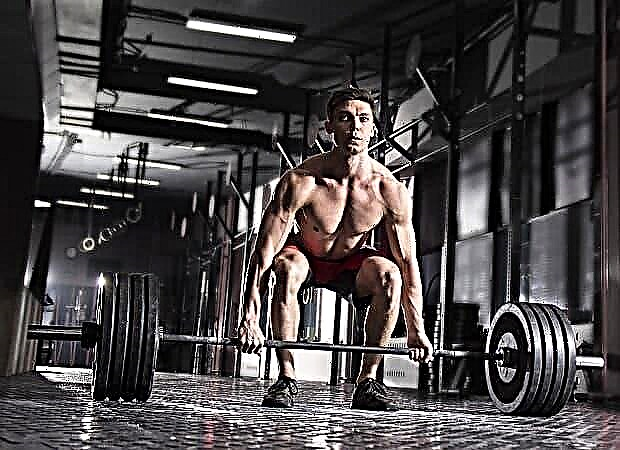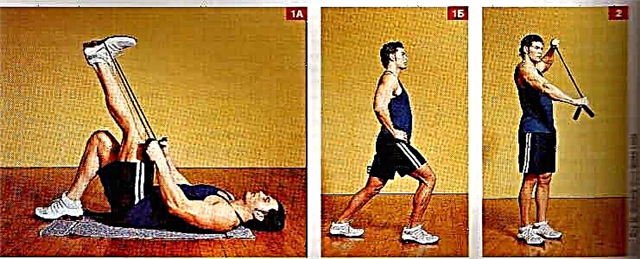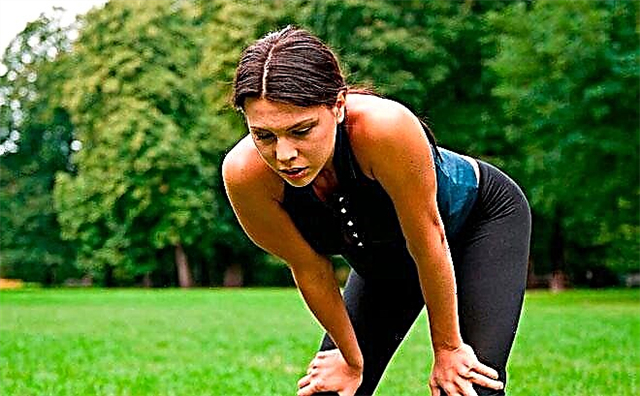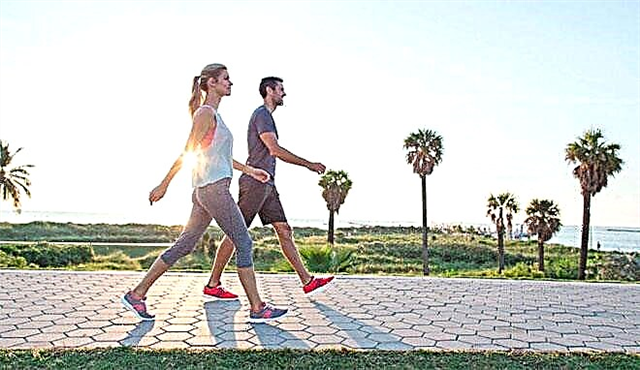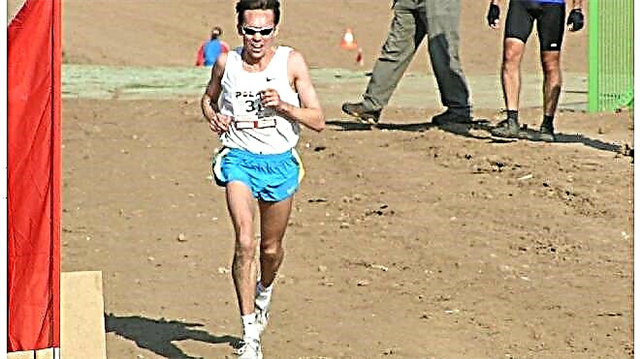The kipping pull-up is one of those exercises that causes much controversy. Someone calls it a circus performance, someone believes that it has a right to exist - after all, this is not a cheat of ordinary pull-ups, but an independent and effective exercise. What is it for, what muscles are involved in the work, and also today we will tell you more about the technique of performing pull-ups with kipping.
The main task of kipping pull-ups is to ensure the work of a large number of muscle groups in the body in a high-intensity mode for a long time, as well as to work out the flexibility and coordination of the body. It makes no sense to compare this type with classical pull-ups, since they have a similar name and the fact that the exercise is done on a horizontal bar. In the case of classic pull-ups, the muscles of the back and arms are mainly involved along the entire length, while with kipping, the load is relatively evenly distributed over a large number of muscles, which requires excellent control of his body from the athlete.
You also need to understand that kippings appeared as a competitive exercise - the goal of which was to achieve the maximum number of repetitions in a certain time.
What muscles are involved?
The muscles involved in doing kipping pull-ups are as follows:
- The muscles of the shoulder girdle receive the main load when pulling up.
- Back muscles.
- Core muscles.

© Makatserchyk - stock.adobe.com
As a result, when performing this type of exercise, almost all muscle groups of the body are worked out, in contrast to the classic type of pull-up. The muscles of the thigh and legs here serve as auxiliary ones to perform a kind of push up.
Exercise technique
Many beginner crossfit athletes have difficulties with the kipping pull-up technique. Let's take a look at the features of this exercise.
Important: before you start doing kipping pull-ups, you should be able to easily do 5-10 classic pull-ups. according to all the rules - pull up from the "hang" position, up to the chin, stay at the top for up to 2 seconds, gently drop down to the starting position under control. If you have no problems with this, then it's time to try learning kipping.
Initial position
In the starting position, we hang on the horizontal bar, place our arms slightly wider than the shoulders, the classic grip is from above. Next, we make the swing motion as follows:
- We take the chest as far forward as possible behind the crossbar while pressing the hips and pelvis in such a way that the legs are pulled back.
- With a powerful push of the arms, pelvis and hips, we make a movement in the opposite direction from the initial one relative to the crossbar, bringing the body back. In this case, the body is given a powerful impulse to climb up.

Before starting, we recommend that you do this exercise several times to get a feel for the technique and principle of this approach.
Push up
So, having received an impulse when swinging, we powerfully push ourselves up to the position of the chin above the horizontal bar. Without pausing, we fall back into the pendulum position. That is, the movement is cyclical, as shown in the picture below:

The main challenge for all beginners is getting out of the position over the bar back into the pendulum. The following is important here, being already at the top, you need to push off the crossbar with an emphasis away from yourself, going back into the pendulum.
An excellent video on the technique of performing kipping pull-ups:
The pros and cons of kipping pull-ups
With the emergence of this technique, a lot of controversy and gossip arose. Among themselves, supporters of classical physical practices and those who entrusted the improvement of their bodies to CrossFit argue.
Kipping pull-ups came from crossfit competitions and are needed to complete the maximum number of repetitions in a certain time. In addition, this is a great way to finally hammer muscles after strength training, when the body is no longer able to do classic pull-ups.
There is an opinion that this exercise is unsafe and not effective for those who see the main goal of gaining muscle mass. The fact is that the load that the body receives is more of a fitness nature and is aimed at burning subcutaneous fat due to the intensity of the exercise. The mass is built up with weights and "pure" muscle loads.
Who shouldn't do kippings
Kipping pull-ups should not be practiced:
- People trying to gain body weight (kipping is not aimed at building muscles due to the specificity of the exercise, due to the speed and intensity of the subcutaneous fat is dried). It is worth doing it as a final exercise after the classic strength pull-ups.
- Athletes who have problems with the spine (with sudden movements of weak muscles, they can simply not withstand the load and tear the ligaments or damage the cervical vertebrae and lumbar vertebrae).
- Those who do not have sufficient physical training and those who cannot do 10 classical pull-ups with high quality.
Conclusions
This pull-up technique gained its popularity due to the competitive style of crossfit, because due to the specifics of the pull-ups, an athlete can perform more repetitions, which means he can get ahead. In addition, due to intense training, more calories are lost, subcutaneous fat deposits are burned, which means what happens for which they come to CrossFit - the body takes on a beautiful relief shape.
In kipping, the athlete gives himself a special acceleration due to the push by the lower body, all this energy must be extinguished due to a correctly performed exercise. If the muscles are not sufficiently developed, the entire load of such an impulse will fall on the ligaments and connective tissue, resulting in possible tears and sprains.
During crossfit training, in particular "dirty" pull-ups, as the kipping style is often called, a person can only harm himself, ignoring the systematic preparation of the body for serious and intense loads. The whole philosophy of CrossFit as a whole combines efficiency and variety of the training process. The main thing is to follow the correct approach and not neglect the elementary principles of safe sports.

